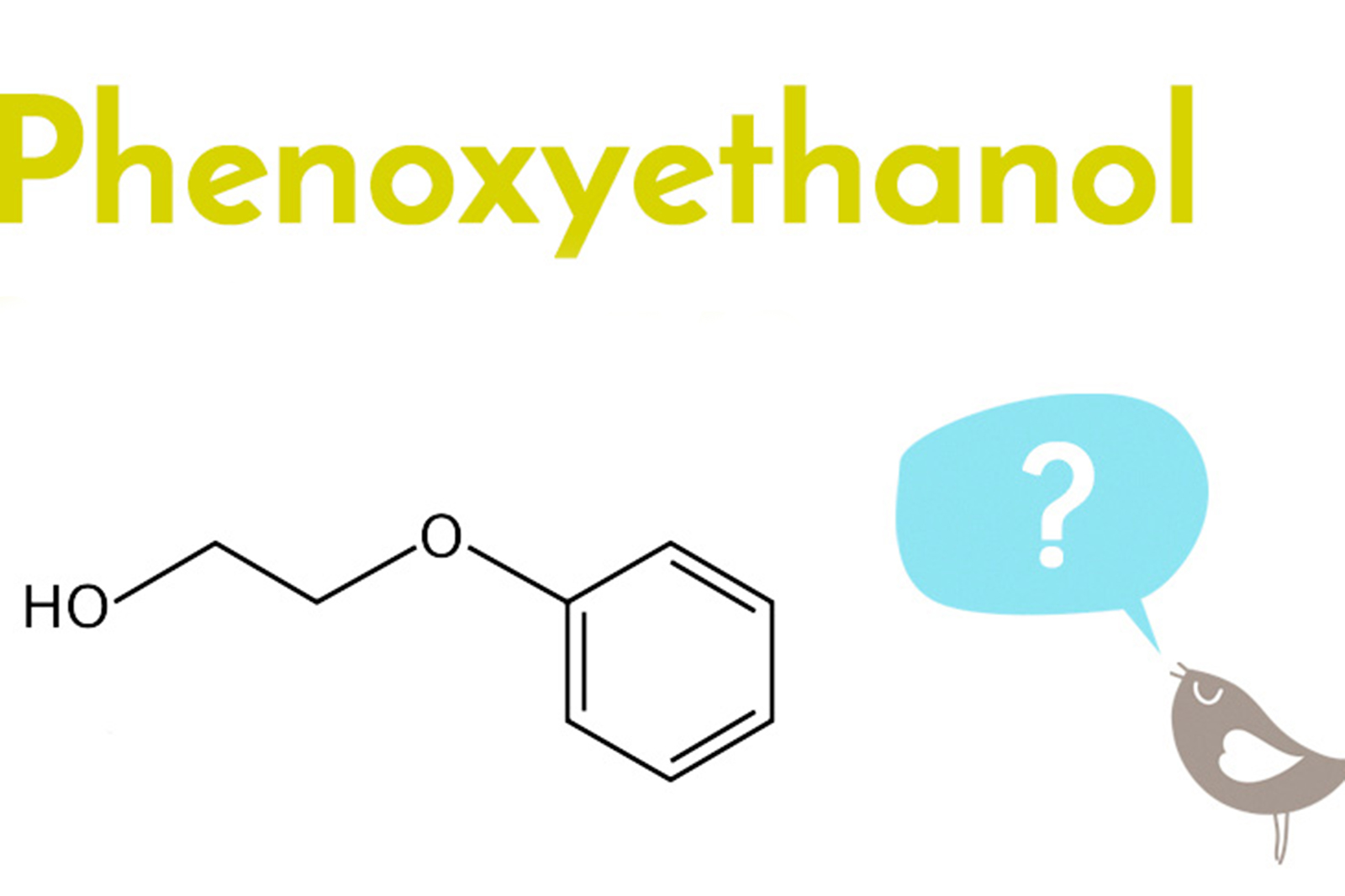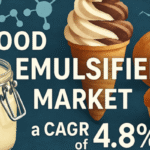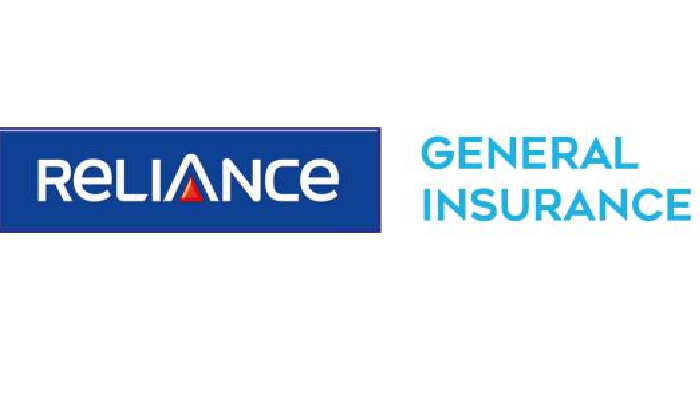There’s a quiet chemical hiding in your skincare routine. You won’t see it on the front label, but it’s likely in your moisturizer, cleanser, sunscreen, serum—even baby products. It’s called phenoxyethanol, and it has become the cosmetic industry’s go-to answer to public outcry over parabens.
But let’s not sugarcoat it. Phenoxyethanol didn’t rise to the top because it’s perfect. It’s there because it’s good enough—cheap, effective, stable. And because the industry needed a fast way to slap “paraben-free” on bottles without really changing the game.
According to Future Market Insights, the phenoxyethanol market is projected to reach USD 2,437.21 Million by 2035. That figure represents more than growth. It reflects a deeper issue: the industry’s obsession with safer-sounding substitutes, instead of real reform.
Rising concerns over the long-term effects of parabens have led both manufacturers and consumers to pivot toward safer, more stable alternatives—chief among them, phenoxyethanol. Its efficacy in extending shelf life while maintaining product integrity is especially critical in the cosmetic and skincare sectors, where natural, chemical-free claims are now tied directly to consumer trust. The compound’s broad-spectrum antimicrobial action and compatibility with sensitive formulations make it a preferred choice across applications.
Stay Informed – Request a Sample Copy for Exclusive Insights: https://www.futuremarketinsights.com/reports/sample/rep-gb-19349
A Quick Swap, Not a Real Solution
Let’s be blunt: the switch from parabens to phenoxyethanol wasn’t driven by conscience—it was driven by optics.
Phenoxyethanol is a petrochemical-derived preservative. It works. It prevents microbial growth. It gives products a longer shelf life. But it’s not “clean,” and it’s certainly not harmless. Yet most consumers have no idea it’s even there.
The truth? You’re probably exposed to phenoxyethanol multiple times a day. You layer it on through products—one after another. And still, most brands won’t tell you how much is in them. They don’t have to. That’s the loophole. It’s legal, so it’s fine, right?
Wrong. That mindset is lazy—and dangerous.
Clean Beauty Has a Dirty Little Secret
The clean beauty movement was supposed to change everything. It promised transparency. It promised safety. Instead, it gave us a new wave of vague claims and inconsistent standards.
Phenoxyethanol somehow slid under the radar and became “acceptable.” But there’s no global consensus. And there’s almost no accountability.
If we’re calling something clean, then it shouldn’t be built on half-truths and clever marketing. If it’s synthetic and potentially irritating to sensitive skin, maybe it doesn’t belong in baby lotion or lip gloss.
FMI’s report shows demand rising across North America, Europe, and Asia. That’s not surprising. Manufacturers want consistency and cost efficiency. But what about health? What about honesty?
It Doesn’t Just Vanish
Phenoxyethanol doesn’t disappear when you rinse your face. It enters wastewater systems. It lingers. It accumulates. And the environmental impact? Largely ignored.
So while companies celebrate longer shelf lives and cleaner labels, what’s being passed into ecosystems goes conveniently unmeasured.
You can’t call a product sustainable when its ingredients might be leaching into rivers and bioaccumulating in aquatic life. Growth without oversight is not progress—it’s negligence.
What the Industry Doesn’t Want to Hear
This isn’t about fearmongering. It’s about responsibility. The beauty industry is long overdue for a reckoning on ingredient truth.
Phenoxyethanol is not the worst chemical out there—but it’s not the honest choice either. And the more it shows up in “safe” and “natural” products, the more the term clean beauty becomes a hollow promise.
The market is growing. FMI’s forecast proves that. But if companies don’t start leading with integrity—if they continue masking compromise as innovation—they’ll lose the trust that modern consumers are desperately trying to give them.
Your Competitive Advantage Starts Here – Access Full Report: https://www.futuremarketinsights.com/reports/phenoxyethanol-market
Leading Manufacturers
- DuPont;
- Dow;
- BASF SE;
- Clariant AG;
- Ashland Global Holdings Inc.;
- Penta International Corporation;
- Galaxy Surfactants;
- Akema Fine Chemicals





